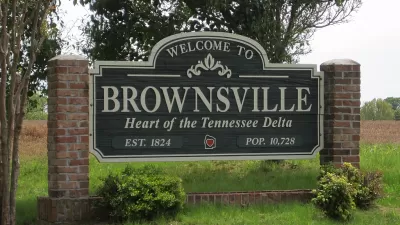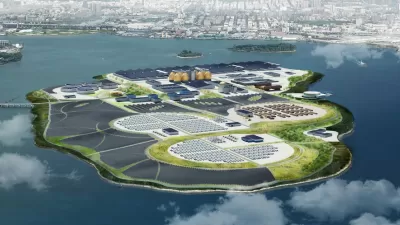Prison construction is flourishing under the assumption that it boosts rural economies, but as Eric Lotke points out, investing in other types of building would yield greater returns to society.
"The good news is that public investment can work. The bad news is that better choices must be made. We need to distinguish between prisons for crime control and prisons as a jobs program, between building for the future and building for the past.
Forty-one states have already reported budget problems for the current or upcoming fiscal year, and it's likely to get worse. States are starting to cut benefits and services ranging from health care to public schools and early childhood education.
But one budget item is never questioned: prisons.
Even as states spend nearly $50 billion on prisons every year and counties spend over $20 billion on jails, we build additional locked capacity. Even with U.S. incarceration rates at seven times historical and international norms, we build. Even as crime continues on its 15-year descent to levels not seen in 40 years, we find money to build even more.
The sacrifices we make to build these prisons are astonishing. Between 1987 and 2007, state spending on prisons increased by 40 percent (as a percent of the general fund). State spending on higher education decreased by 30 percent. We are financing our prisons by cutting our colleges."
FULL STORY: Good Building, Bad Building

Alabama: Trump Terminates Settlements for Black Communities Harmed By Raw Sewage
Trump deemed the landmark civil rights agreement “illegal DEI and environmental justice policy.”

Planetizen Federal Action Tracker
A weekly monitor of how Trump’s orders and actions are impacting planners and planning in America.

Why Should We Subsidize Public Transportation?
Many public transit agencies face financial stress due to rising costs, declining fare revenue, and declining subsidies. Transit advocates must provide a strong business case for increasing public transit funding.

Understanding Road Diets
An explainer from Momentum highlights the advantages of reducing vehicle lanes in favor of more bike, transit, and pedestrian infrastructure.

New California Law Regulates Warehouse Pollution
A new law tightens building and emissions regulations for large distribution warehouses to mitigate air pollution and traffic in surrounding communities.

Phoenix Announces Opening Date for Light Rail Extension
The South Central extension will connect South Phoenix to downtown and other major hubs starting on June 7.
Urban Design for Planners 1: Software Tools
This six-course series explores essential urban design concepts using open source software and equips planners with the tools they need to participate fully in the urban design process.
Planning for Universal Design
Learn the tools for implementing Universal Design in planning regulations.
Caltrans
Smith Gee Studio
Institute for Housing and Urban Development Studies (IHS)
City of Grandview
Harvard GSD Executive Education
Toledo-Lucas County Plan Commissions
Salt Lake City
NYU Wagner Graduate School of Public Service





























